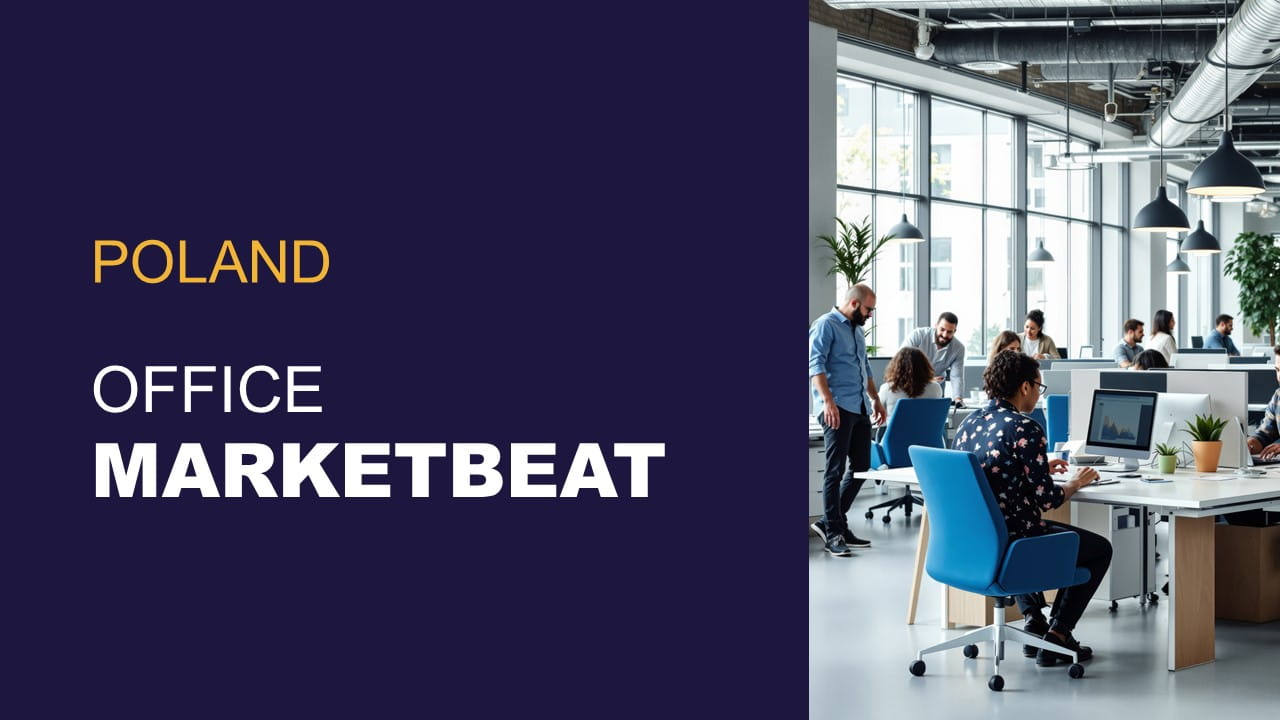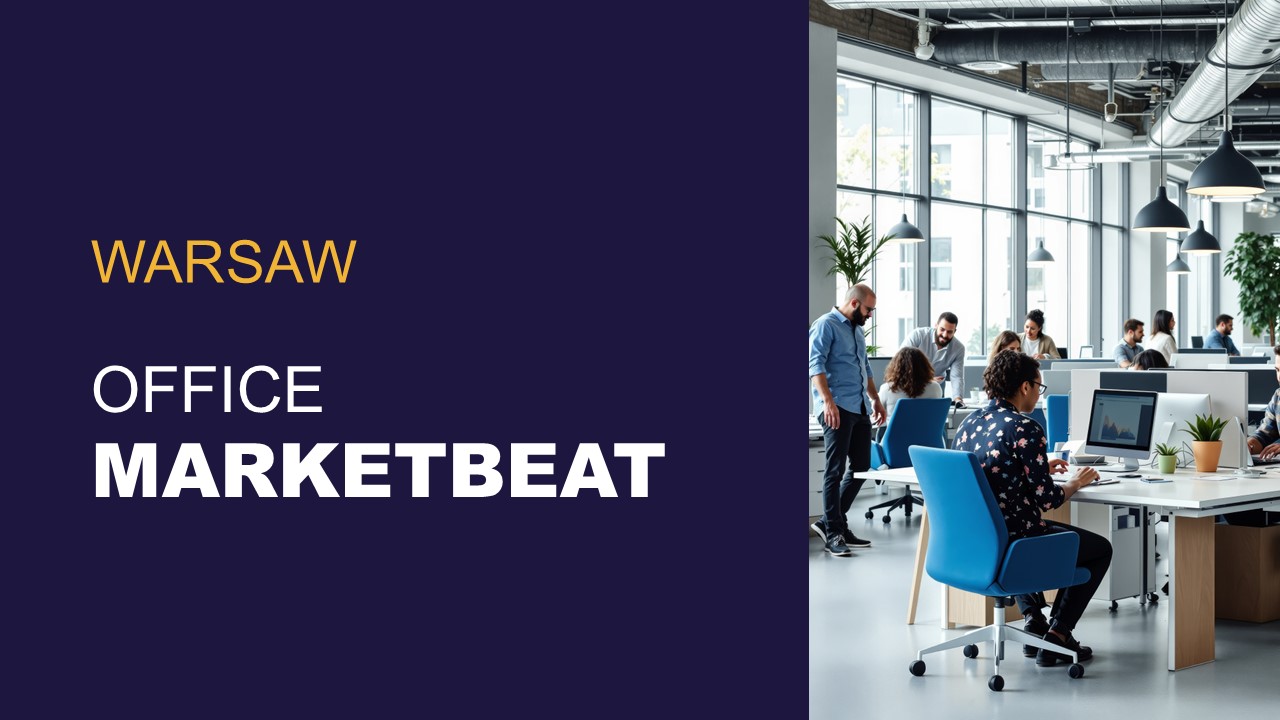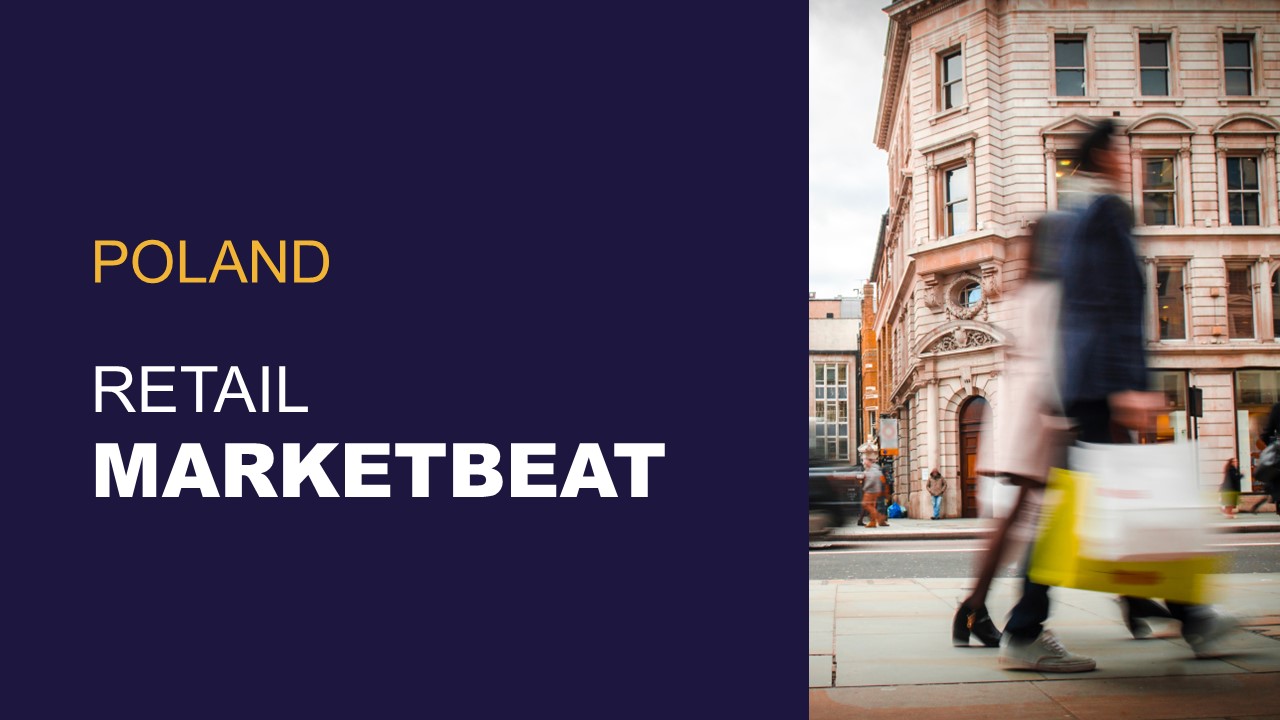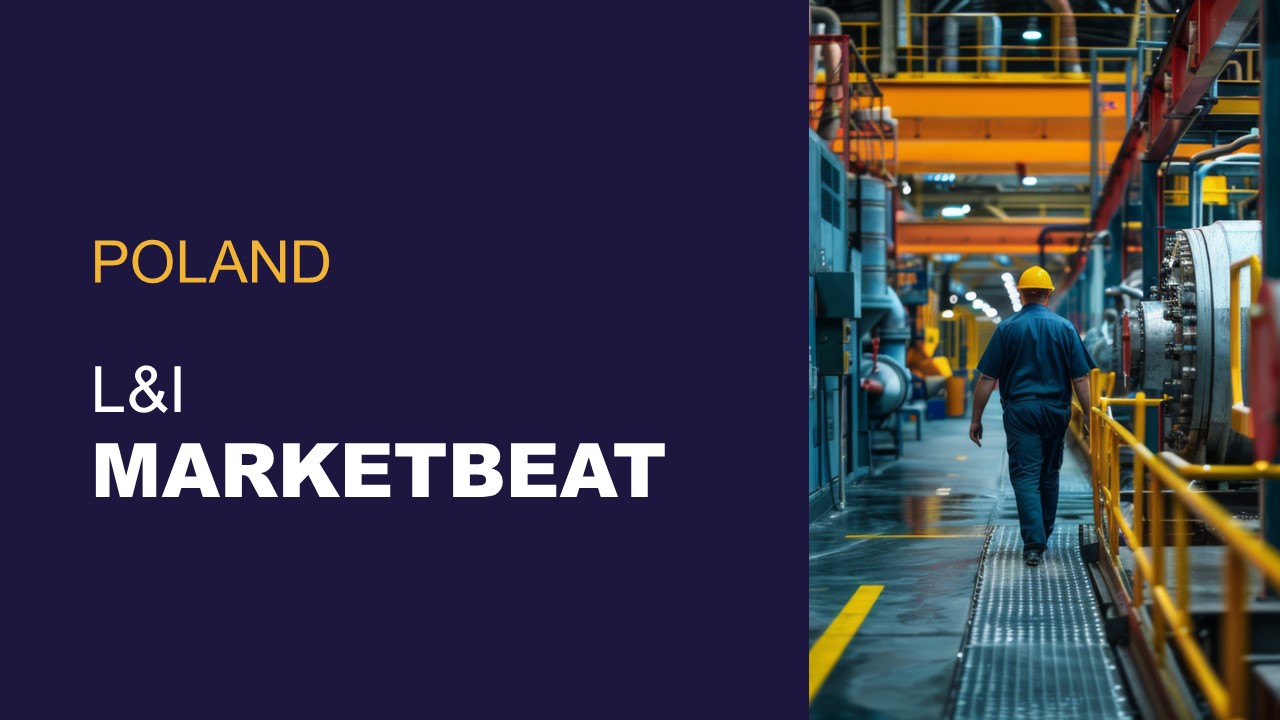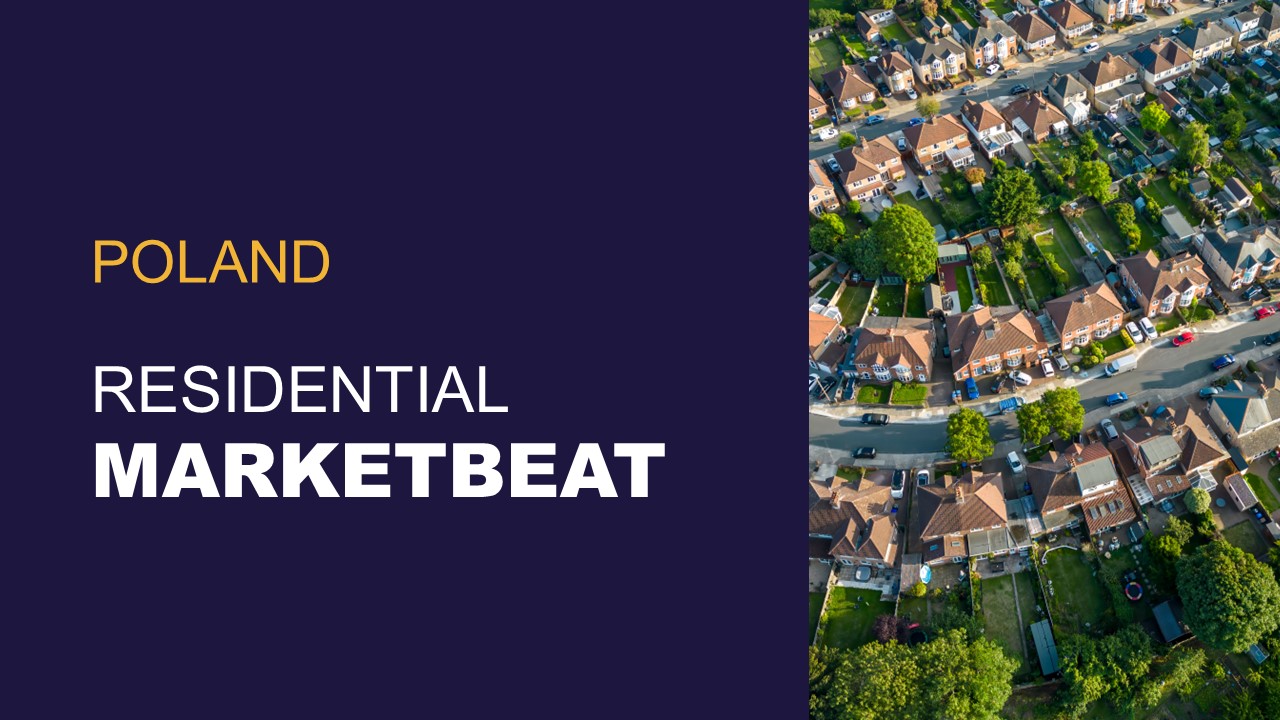Retail
Poland's residential real estate market in Q3 2025 shows signs of stabilization after two years of volatility. Average asking prices on the primary market remained broadly flat quarter-on-quarter, with Warsaw and Krakow with slight increases of 2%, while l6dz and Wroc+aw posted minor declines of around 2-3%. Gdansk became the top quarter to quarter performer with a significant 12% increase. Krakow held steady, and lodz experienced the sharpest drop at -3%. Poznan was the standout performer with a +3% QoQ rise.
Office
At the end of Q3 2025, the total stock of modern office space in the largest markets in Poland (Warsaw, Kraków, Wrocław, the Tri-City, Katowice, Poznań, Łódź, Lublin and Szczecin) stood at 12.98 million sq m. The total volume of projects completed since the beginning of the year was low – less than 107,000 sq m, most of which – less than 89,000 sq m (83%) – was located in the capital, and only 18,000 sq m in regional cities.
Hospitality
The investment transactions volume in Poland grew by 82% year on year, reaching EUR 83 million. The Warsaw hotel market continued to prove its strength, resilience and attractivity. Increased cost of financing and ongoing economic and geopolitical headwinds in the CEE region caused 2023 transaction volumes in CEE to drop by 18% compared to 2022. However, the volume invested by international buyers increased by 197% over the same period, illustrating the region’s rising attractiveness for inbound capital. Several significant deals are progressing since the year-end 2023, suggesting transaction volumes will rise in 2024.
Industrial
In the third quarter of 2025, developers completed 398,000 sq m of new warehouse space, bringing the total market stock to approximately 36.45 million sq m. The volume of space under construction amounted to 1.56 million sq m. Since the beginning of the year, demand for modern industrial space has reached over 4.54 million sq m. The demand structure remains dominated by lease renegotiations, which account for 52% of the total leasing transaction volume. As of the end of September, available warehouse space in Poland stood at 2.98 million sq m, translating into a vacancy rate of 8.2%. In the third quarter, rental rates remained stable – the market did not record any significant changes.

